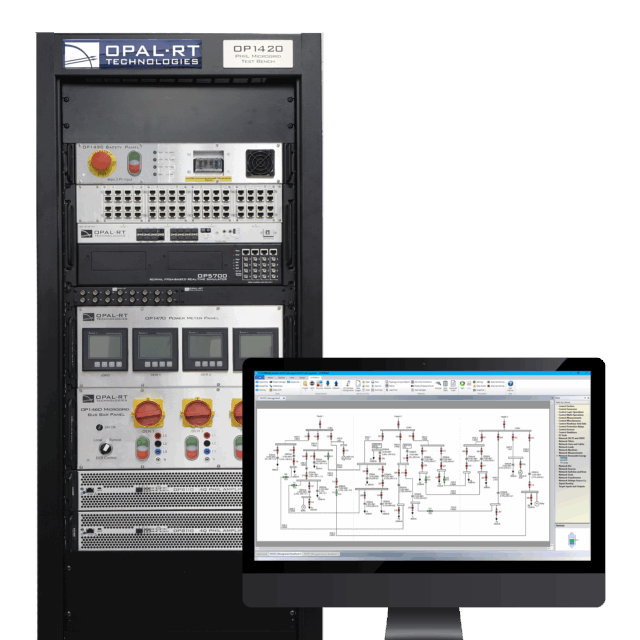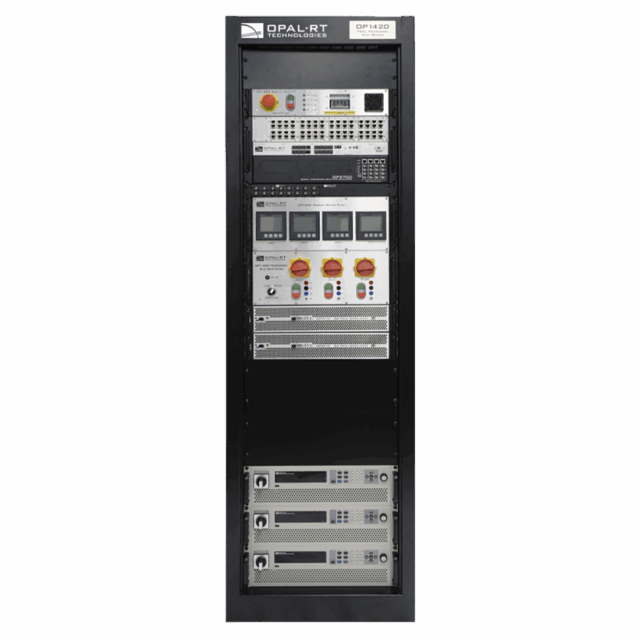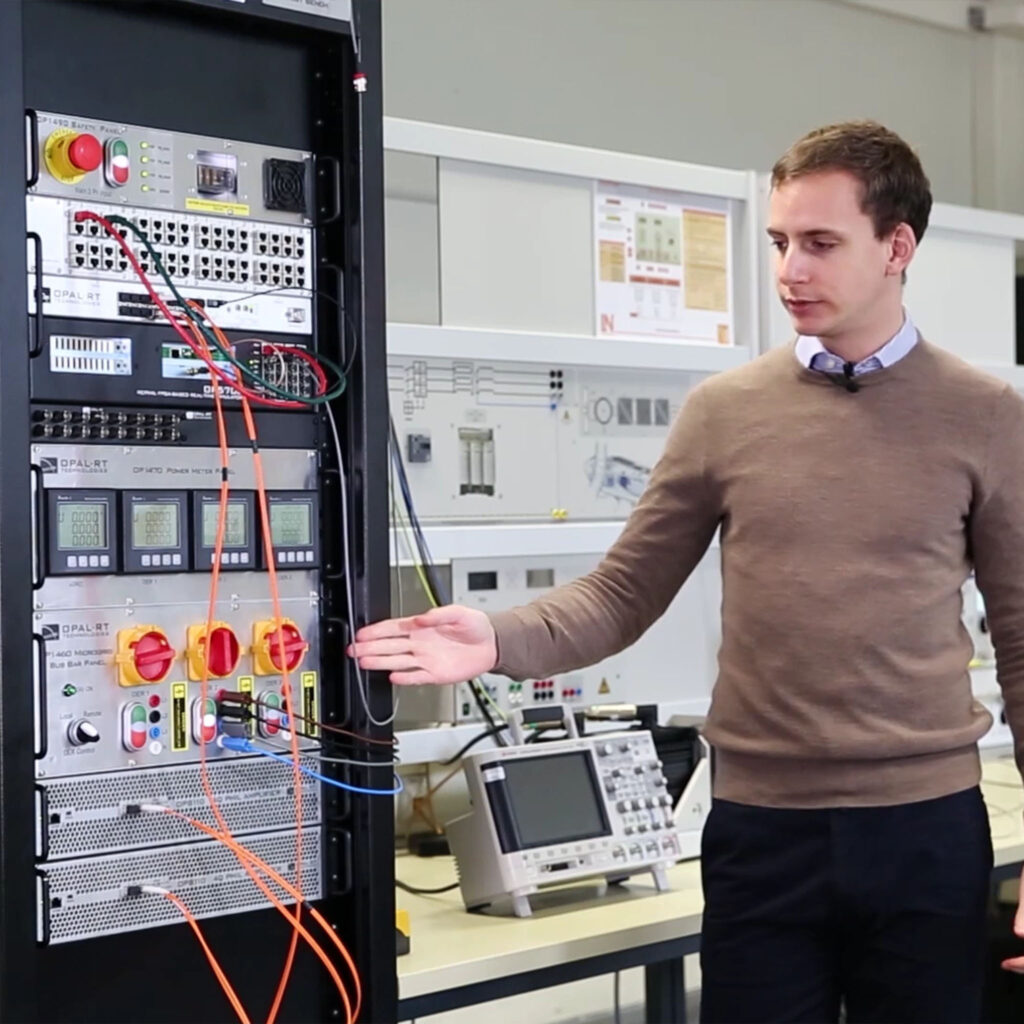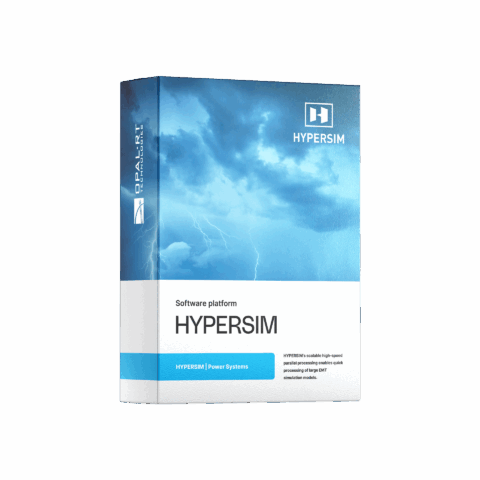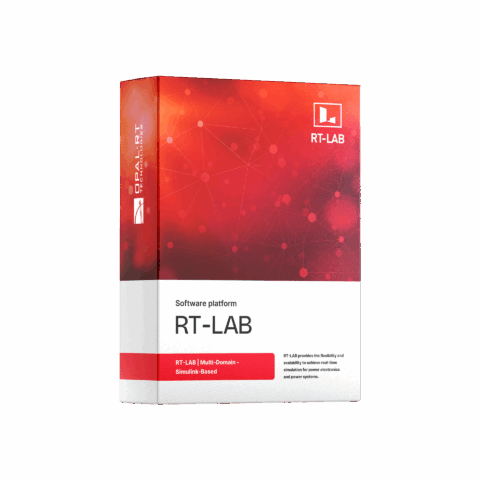OP1420
Universities around the world are rapidly adopting power-hardware-in-the-loop (PHIL) technology to their research laboratories, providing a major advantage to their students and researchers. However, the complexity, time, and high costs for them to create their own test bench remains a challenge. Backed by over 20 years of experience working with the industry and top research laboratories in the world, we’ve developed the most complete microgrid PHIL test bench.
Standard configurations (others available upon request)
| OP1420-10 | Amplification units (5 kW) | 1 |
| Available rated power | 1 x 5 kW | |
| OP1420-20 | Amplification units (5 kW) | 2 |
| Available rated power | 2 x 5 kW | |
| OP1420-30 | Amplification units (5 kW) | 3 |
| Available rated power | 3 x 5 kW |
Amplification unit electrical specifications
| AC mode rated voltage | 3-phase, 120 VL-N (208 VL-L) |
| DC mode rated voltage | 0 to 400 VDC |
| Maximum transient current | 20 A peak |
| Sourcing / sinking capability | 100% source and sink, no dissipation |
PHIL performance
| Mode of operation | Voltage and Current control |
| Closed-Loop Bandwidth | DC to 10 kHz (-3dB) |
| THD | < 0.75% |
| Time Delay Input to Output | 5.5us to 8.3us |
| High Speed Communication Link | up to 6 Gbps SFP Link |
Other amplifier technical data
| Cooling | Air forced |
| Protection | Overload, short circuit and over temperature protections |
| Measurements | Integrated Voltage and current measurements |
| Power output coupling | Integrated coupling inductors |
| Other information | Low EMI, high-density, 2 μ 19” Rack Mount |
DEMO
Power up your microgrid research
The OP1420 is ideal for any type of microgrid application research, allowing users to have hands-on experience by testing real components in various operating conditions.
HARDWARE COMPONENTS
Everything you need for power hardware-in-the-loop
Building a quality PHIL setup requires components to be carefully selected not just for their technical capability but also for their inter-compatibility. With the microgrid PHIL test bench, we’ve taken the guesswork and risk out of PHIL with a turnkey product that offers one of the highest performance and versatile setups in the market.

PHIL
The power hardware-in-the-loop process
PHIL is an extension of hardware-in-the-loop (HIL) testing, in which the real-time simulation environment is capable of exchanging power with devices under test (DUTs). The DUTs are interfaced to the simulator using a power amplifier, which is controlled by the simulation.

BENEFITS
The ideal system to optimize your testing and validation
01
Turnkey
Save time and reduce integration costs with an intuitive and ready-to-use solution, instead of wasting time ordering and integrating your own test bench constituent parts.
02
Trustworthy
Rely on over 20 years of PHIL simulation expertise. The microgrid PHIL test bench is specifically designed for PHIL applications, ensuring closed-loop stability.
03
Safe
The OP1420 microgrid PHIL test bench features overload, short circuit, and over-temperature protections, ensuring a safe and reliable testing environment for you and others.
FAQ
Find the answers to your questions
What is the OP1420 microgrid PHIL test bench designed for?
Our OP1420 | microgrid PHIL test bench is purpose-built to support hands-on microgrid research by enabling the testing of real components under a wide range of operating conditions. It’s ideal for academic institutions and research labs aiming to accelerate innovation in power hardware-in-the-loop (PHIL) environments.
How does the OP1420 microgrid PHIL test bench benefit university research labs?
We designed the OP1420 microgrid PHIL test bench to simplify and enhance the adoption of PHIL technology in academic settings. It offers a turnkey platform that reduces complexity and cost, giving researchers and students immediate access to high-performance, real-time microgrid experimentation.
What makes our microgrid PHIL test bench a turnkey solution?
Our microgrid PHIL test bench comes fully integrated with all the hardware components necessary for a reliable PHIL setup. We carefully selected each component for both performance and inter-compatibility, removing the guesswork typically involved in building a custom test bench.
Can the OP1420 microgrid PHIL test bench support different microgrid applications?
Yes, our OP1420 microgrid PHIL test bench is engineered to support a broad range of microgrid applications, from renewable energy systems to hybrid and islanded grids. Its flexibility makes it an excellent tool for testing various real-world scenarios in real time.
What are the key advantages of using OPAL-RT’s microgrid PHIL test bench over building a custom setup?
With over 25 years of experience in real-time simulation, we’ve optimized the OP1420 microgrid PHIL test bench to provide high performance, reduced setup time, and proven reliability. This turnkey solution eliminates the high cost and complexity often associated with building a custom PHIL environment from scratch.
Resources
How can we help you?
1
Take PHIL a step further
Discover how PHIL is revolutionizing the HIL industry with presentations, webinars, white papers, and more.
2
Microgrid applications
Microgrids present unique challenges compared to traditional power grids. Discover our advanced testing solutions through brochures, webinars, demos, and success stories.
3
Support center
Get the help you need, all in one place. Whether it’s technical support, software downloads, or access to key resources, our support center is here to assist you quickly and efficiently.
